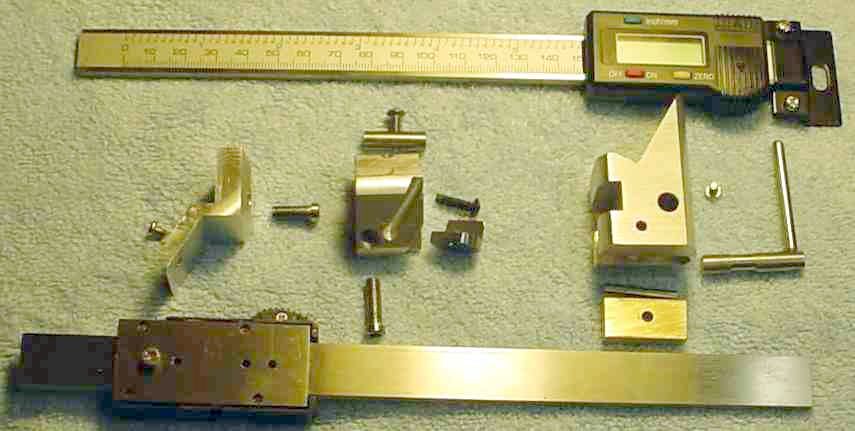Diy Lathe Dro

One of the important things about using the lathe is keeping track of how much material you're taking off, once removed it's very difficult to put it back on....
Don't forget to divide the amount you want to remove from the diameter by 2 as you are removing material from both sides .... sort of.
- A DRO PROS Comparison: The Weiss WBL250F is our best 'bang for the buck' lathe. It's a full size 10' x 30' lathe, which gives you a lot more capacity than other lathes in it's price range. It has a brushless.
- Jan 10, 2015 My DIY DRO attached to the lathe The plunger magnets are basically 2 very small neodymium magnets glued inside a small mild steel tube (turned on the lathe 7mmx4mm with a 2mm hole but these dimensions can be what you need) glued on the end of the plunger.
Using the dial on the slide is OK but I've seen lathes with digital readouts, how much are those I wonder?
My DIY DRO attached to the lathe The plunger magnets are basically 2 very small neodymium magnets glued inside a small mild steel tube (turned on the lathe 7mmx4mm with a 2mm hole but these dimensions can be what you need) glued on the end of the plunger. Diy DRO I've recently built a yadro serial dos dro setup for my mill, gone through the process making longer scales from sawbench dro strips etc, and I'd like to make a similar setup for the lathe. But in europe the yadro 'dealer' isn't selling the kits and I spied this while looking at similar options as now a friend is after me making him one.
After some research I found a really good alternative to the standard slides and readouts available from the usual suppliers, I found a DIY version for around a fiver (£5) plus a bit of DIY.
It's based on this digital LCD tyre depth gauge off ebay. It's basically a variant of the digital vernier but without the sharp pointy bits.
I attached mine on the cross slide by mounting a piece of steel plate using the travelling steady mounting holes (at least I think they are for the travelling steady) this then allowed me to use a magnet to stick the body of the gauge to, the end of the plunger has a magnet glues to it so that it will stick to the cross slide. It could also be stuck on the lathe bed and measure the saddle travel.
| My DIY DRO attached to the lathe |

One of the problems with the mini lathe is actually finding space to mount the gauge as there's not a lot of room.
What I like to do is touch the tool to the material to be cut and set the DRO to '000' then move to tool to the right and move in the tool until I've reached half the amount I need to remove then reset the DRO to '0.00' and then turn down the material until I reach the '0.00' point and that's that.
Diy Metal Lathe Plans
So far I've found it quite accurate but noticed that it gets covered in swarf when in use, I thought about forming a piece of thin perspex to curve round the gauge and protect it from chips but then found an empty rectangular packet in the recycling bin that was about the size of the gauge but made of clear plastic, thin but strong enough to keep it's shape, this slid over the gauge and protected it completely and was flexible enough to still be able to press the buttons.Diy Lathe Projects
| DIY DRO with plastic cover |
Diy Lathe From Drill
It's also possible to connect to these gauges and get a serial data stream that could be read by an Arduino and shown on a larger LCD and there is a project out there that uses a Bluetooth interface to display the data on your smart phone here, one for my other blog maybe.Homemade Lathe Dro
Comments/ideas/feedback welcomed.
